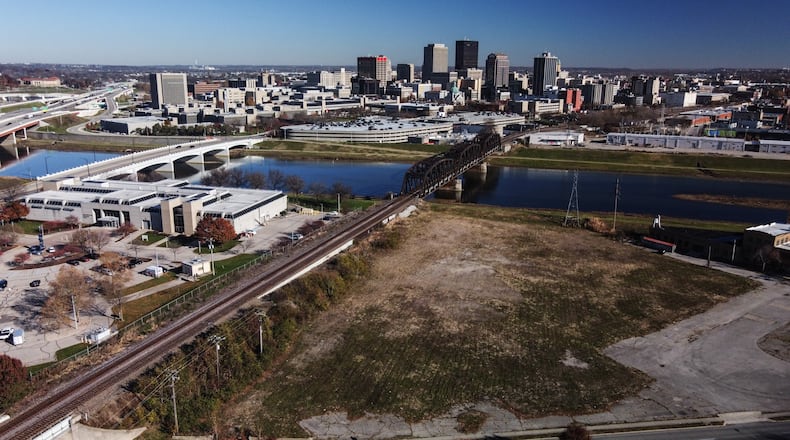The state budget passed in June included $350 million for a new Brownfield Remediation Program through the Ohio Department of Development. Every county will get at least $1 million, with the remaining $262 million available as first-come, first-serve grants over the next two years. The state funding can pay up to 75% of a cleanup project’s cost, but has to be used within a year.
In an executive order issued Tuesday, DeWine declared brownfields an emergency, thus allowing the Ohio Department of Development to immediately adopt rules for the state’s Building Demolition and Site Revitalization and Brownfield Remediation programs, suspending the normal time-consuming process for rulemaking. This will speed up issuance of state grants to clean up brownfields, DeWine’s order says.
The order is valid for 120 days from the effective date of the emergency rules, or when rules are adopted through the regular process, whichever is sooner.
The budget also included $2.5 million for the existing Brownfields Revolving Loan Program, which provides low-interest loans to public and private entities for demolition, cleanup and remediation.
But to access that money, brownfields first have to be identified. That’s where Senate Bill 83 comes in.
Brownfields are abandoned or underused properties, often old industrial sites, where possible lingering contamination hinders redevelopment. Identifying brownfields and knowing what sort of contamination is in the dirt, water and air are vital preliminary steps toward reuse of the land.
There are brownfields in all of Ohio’s 88 counties. There may be as many as 9,000 statewide, including not just industrial sites but smaller businesses such as former gas stations and dry cleaners, according to the Greater Ohio Policy Center, a nonprofit that promotes urban revitalization.
State Sens. Sandra Williams, D-Cleveland, and Michael Rulli, R-Salem, introduced Senate Bill 83 in February. It passed the Senate 32-0 in May and was referred to the House Agriculture & Conservation Committee.
Initially the bill would have set aside $150,000 for the Ohio EPA to conduct a study in conjunction with Ohio public universities to identify brownfields statewide and estimate their cleanup cost.
But on Nov. 17 the sponsors amended the bill to put that money instead into the existing Targeted Brownfields Assessment program.
The Ohio EPA gets about $427,000 per year from the federal government to do initial assessments of brownfields, which include interviews, visual inspection, record searches and identification of areas to sample for contamination.
Currently, the state relies on voluntary reporting to identify brownfields. The state’s list includes 307 sites so far, including nine sites in Butler County; three each in Champaign, Clark and Greene; two in Miami, 16 sites in Montgomery County and none in Warren County. At least some of those sites have already been redeveloped into new uses.
About the Author

